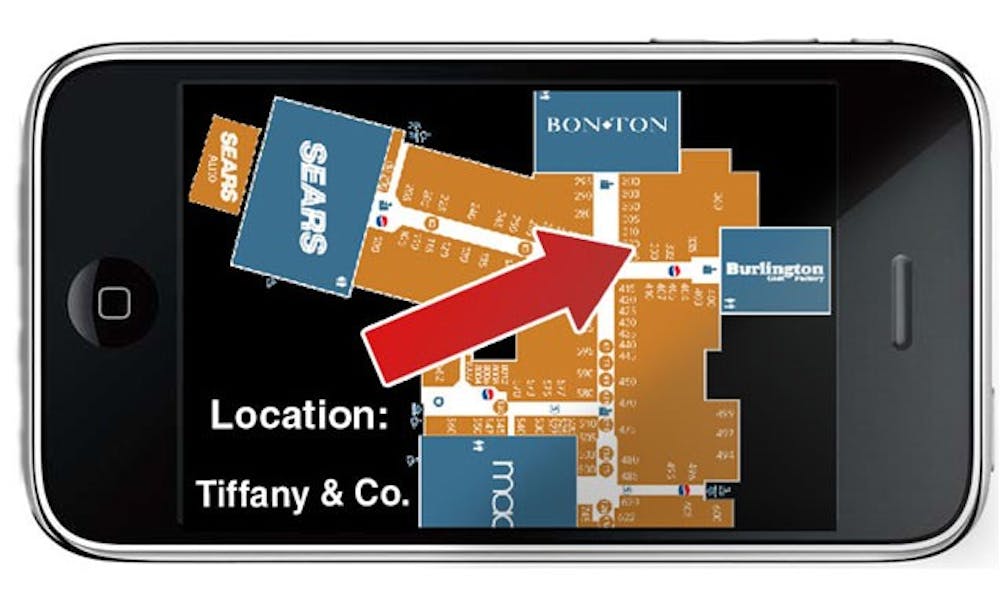In case you don’t know where you are, your phone may soon be able to tell you.
SurroundSense, an application developed by three members of the Duke community, can pinpoint the location of a phone more precisely than current GPS systems. Romit Choudhury, an assistant professor of electrical and computer engineering and computer science, Ionut Constandache, a computer science graduate student, and senior Martin Azizyan, have recently published their work on the new mobile application.
“We wanted to use the phone to create a fingerprint of the location it was in,” Constandache said.
SurroundSense uses a new approach to determine the specific location of its user that employs the technology already built into the phone, including the camera, mouthpiece and accelerator, Azizyan said.
The phone first uses the information gained from cell towers to generate a list of places within a certain radius of the user. SurroundSense then uses information generated by the phone such as sound, color, lighting and acceleration to determine the user’s exact location. In a Target store, for example, the phone will sense the large amounts of red in the store and that the user is walking around.
“The problems with GPS is that it doesn’t work inside, and the accuracy is not very high,” Azizyan said. He added that even a small error by a couple feet could place a user in the wrong store.
Azizyan said the program is not necessarily meant to be used on its own, adding that the program’s development is valuable, but becomes more useful when paired with other mobile applications.
“Why would you need a phone to say where you are when you could just look around?” Azizyan said.
Constandache noted that the program is designed like a building block so that new applications can be added.
Although the technology can detect a user’s exact location, Azizyan said that privacy was not a concern when creating SurroundSense.
“Privacy is an issue out of our scope” he said. “Because this is enabling technology, privacy issues must be addressed for every application that makes use of this technology.”
Official production of the SurroundSense application began in summer 2008 and was completed this March, with an experimental test of SurroundSense in 51 business locations in Durham. As a result, SurroundSense had an 87 percent accuracy rate, meaning that SourroundSense was able to accurately name the location of the phone 87 percent of the time, Constandache and Azizyan said.
All the SurroundSense data was recently published when Constandache, Azizyan, and Choudhury traveled to Beijing, China to attend MobiCom, the Annual International Conference on Mobile Computing and Networking.
The future of SurroundSense is unclear, Azizyan said, adding that further development of the application depends who takes an interest in the program.
Get The Chronicle straight to your inbox
Signup for our weekly newsletter. Cancel at any time.

